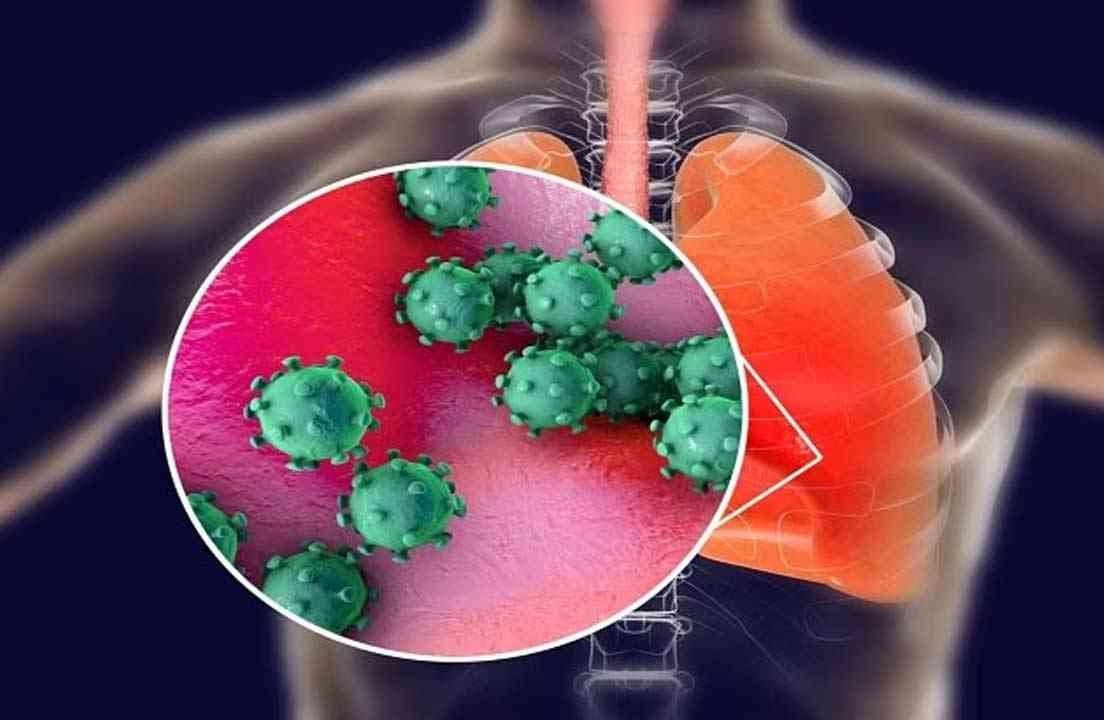The first H3N2 virus-related fatality has been reported from Karnataka. The victim, Hire Gowda, was hospitalised on February 24 and passed away on March 1. The reports confirmed H3N2 as the cause of the 82-year-old man’s death two days after it occurred.

Image for representation
Image Source: Times of India
“On February 24, Hire Gowda was admitted to a hospital after he complained of a cough and cold. His samples were collected for H3N2. On March 1, he died. We received his report on March 3, two days after his death which confirmed him for H3N2.” said Eregowda, District health officer, Hassan.
So, what is the H3N2 virus? Here is everything you need to know about it!
What is H3N2?
It is an influenza virus that causes respiratory infection. The virus can also infect birds and mammals. In birds and other animals, it has mutated into many strains.

Image Source: Moneycontrol
According to the Centers for Disease Control (CDC) and the World Health Organization (WHO), H3N2 is a subtype of the influenza A virus, a significant cause of human influenza.
What is the origin of H3N2?
H3N2 first emerged in or near Hong Kong in 1968. The 1968 pandemic was caused by an influenza A (H3N2) virus comprised of two genes from an avian influenza A virus, including a new H3 hemagglutinin, but also contained the N2 neuraminidase from the 1957 H2N2 virus. It was first noted in the United States in September 1968.

Image Source: Wikipedia
How does it spread?
The highly contagious H3N2 influenza can be spread from one person to another by droplets released when an infected person coughs, sneezes, or speaks. If someone touches their mouth or nose after coming in contact with a surface with the virus, the infection may also spread.

Image Source: Cushelle
The risk of complications from the flu is increased among pregnant women, young children, older adults, and people with underlying medical conditions.
What are the symptoms of the virus?
The WHO states that human infections with swine, avian, and another zoonotic influenza can result in illnesses ranging from a minor upper respiratory infection (fever and cough) to pneumonia, acute respiratory distress syndrome, shock, and even death. Some of the symptoms can include:
- Chills
- Coughing
- Fever
- Nausea
- Vomiting
- Throat ache/sore throat
- An ache in muscles and body
- In some cases, diarrhoea
- Sneezing and runny nose
It is crucial to contact a doctor if a patient has trouble breathing, chest pain or discomfort, a persistent fever, or pain in the throat while swallowing food.
What precautions are to be taken?
Since the virus attacks the respiratory tract, it is essential to:
- Keep checking the oxygen level continuously with the help of a Pulse Oximeter
- If the oxygen saturation level is less than 95 per cent, a visit to the doctor is mandatory.
- Intensive care may be required if the oxygen saturation level is less than 90 per cent.
- Experts caution against self-medication in such cases.

Image Source: NDTV
What are the treatment options?
Treatment for H3N2 influenza includes getting enough rest, drinking lots of water, and reducing fever with over-the-counter pain relievers like acetaminophen or ibuprofen. However, it is to be noted that the medications mentioned above should be taken after a doctor’s recommendation.

Image for representation
Image Source: Medical News Today
A doctor may also suggest antiviral medications like oseltamivir and zanamivir if a patient has severe symptoms or is at a high risk of complications. WHO recommends that neuraminidase inhibitors are prescribed as soon as feasible (preferably within 48 hours of symptom start) in suspected and confirmed cases to maximise therapeutic benefits.
What are some dos and don’ts?
The virus can spread rapidly among humans from infected people. So, experts say it is crucial to follow some protocols:
- Regularly wash your hands with water and soap
- Wear face masks and avoid crowded areas
- Avoid touching your nose and mouth
- Cover your nose and mouth adequately while coughing and sneezing
- Stay hydrated and consume plenty of fluids. In case of fever and body ache, take paracetamol.

Image for representation
Image Source: Einstein Perspectives
They also say it is better to avoid the following:
- Spitting in public areas
- Using contact-based greetings such as shaking hands
- Self-medicating and taking antibiotics or any other medications without consulting a doctor
- Eating while seated next to other people
What has the IMA suggested?
However, the Indian Medical Association (IMA) has recommended that doctors avoid giving patients antibiotics before determining whether the infection is bacterial because doing so can cause resistance to develop. Most occurrences of fever, cough, sore throat and body aches right now are caused by influenza, which does not require antibiotics.

Image Source: IMA India



















































































